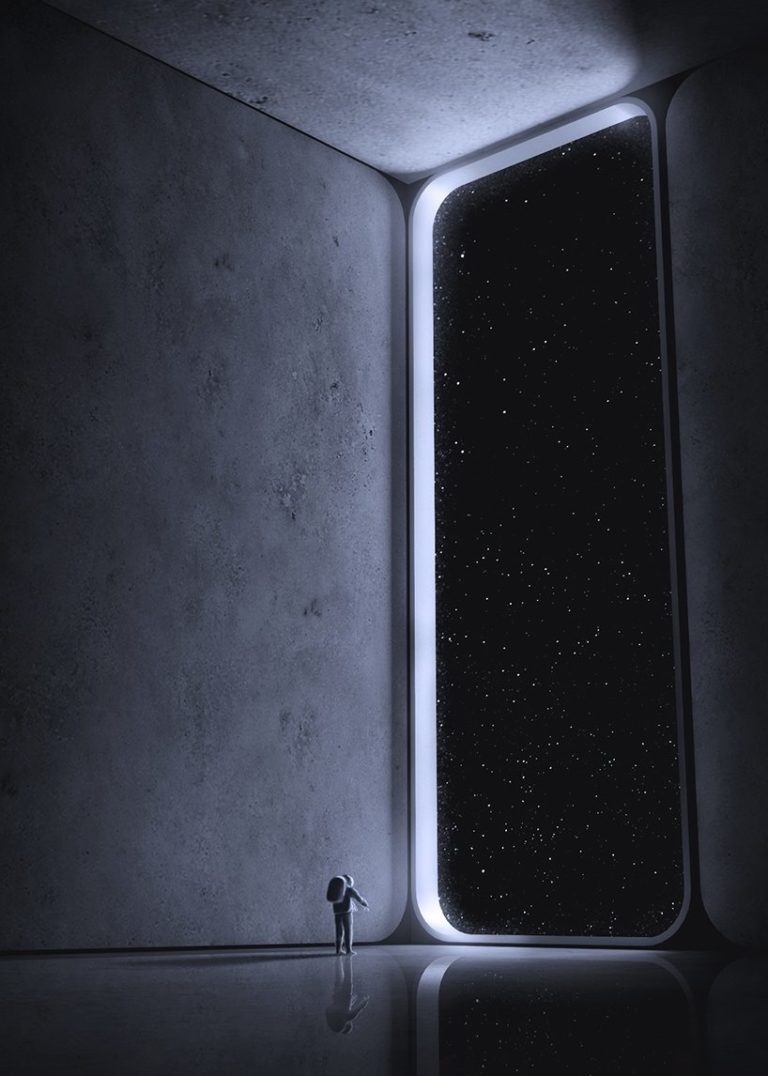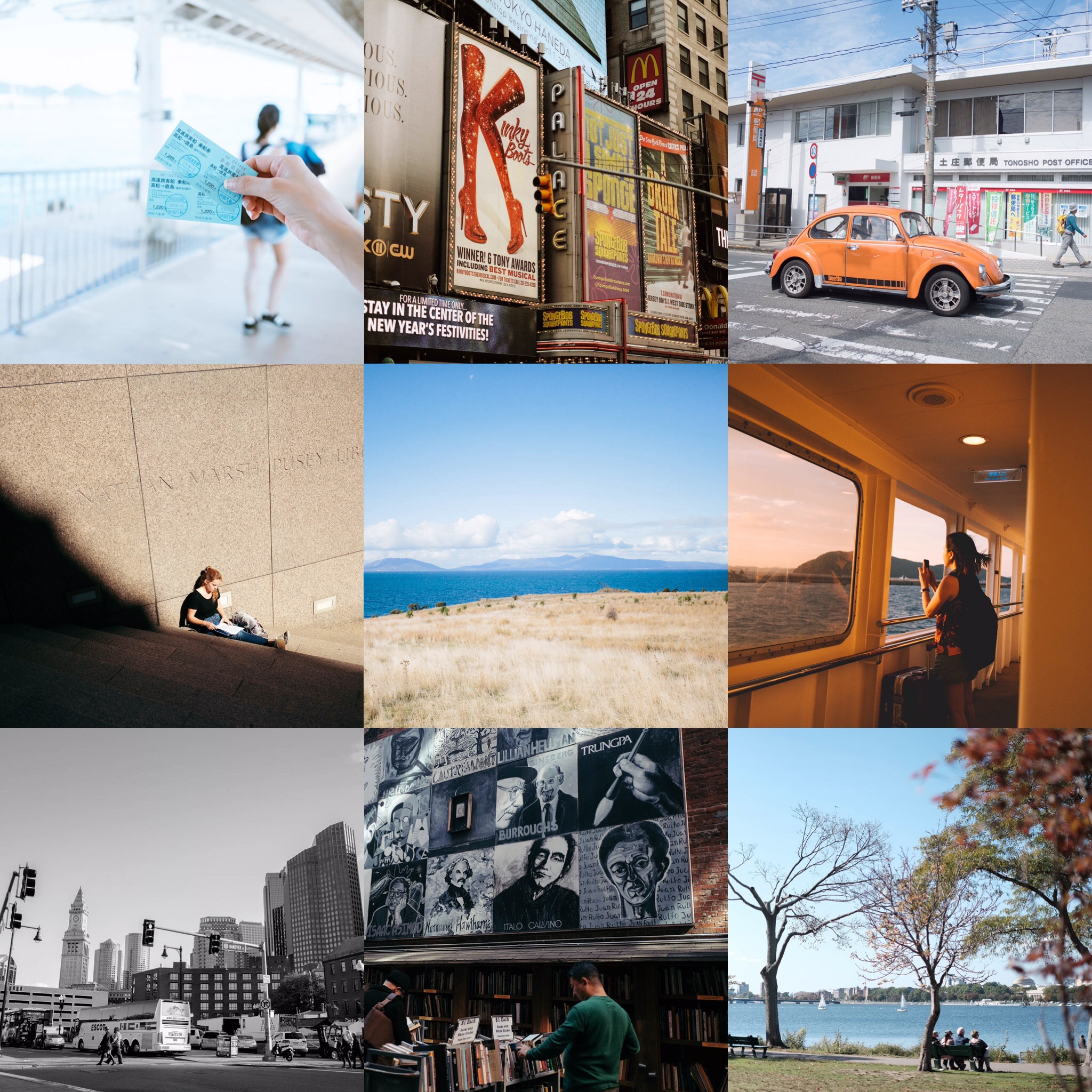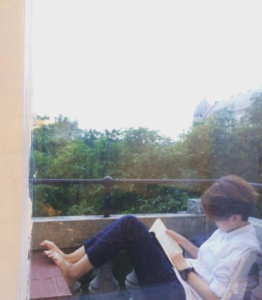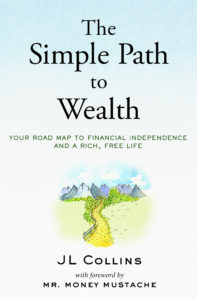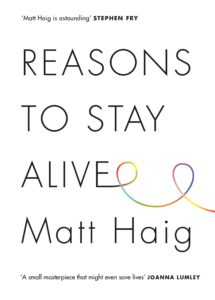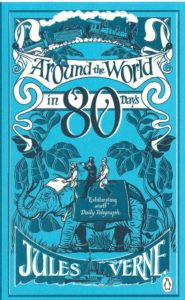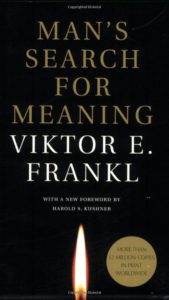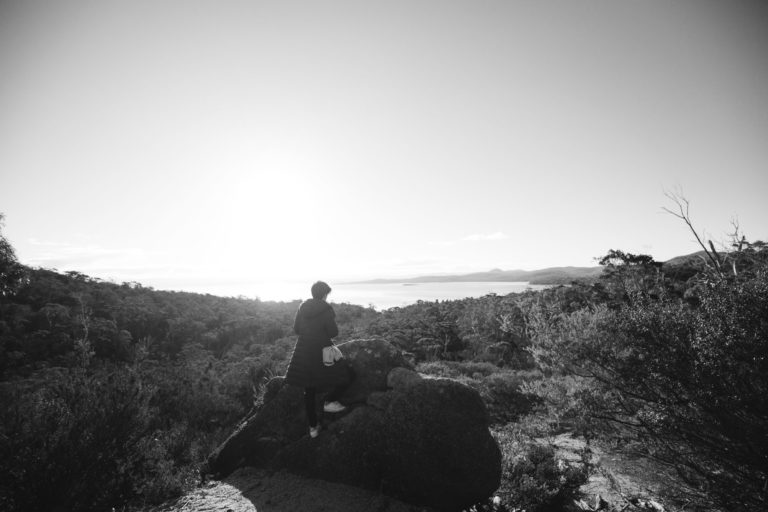
Happy new year my friends!
Before we know it we have already stepped into 2018 – another chance for a new beginning! Always grateful.
I’m going to keep this year’s annual review simple by answering a few questions my inspiring friend Samantha came up with. I hope you will give these questions a try too, and if you’d like, feel free to share your answers with us. I’d love to have a read!
Look back
1. What would you say was the theme for your 2017?
Learning to love myself for just who I am.
2. What’s one new thing you discovered about yourself this year?
I don’t have panic attacks anymore! I used to have bad panic attacks for years but ever since one night about 2 or 3 years ago, when I got fed up with yet another anxiety attack and woke up in the middle of the night and found this website, I have learned to deal with the anxiety and panic attacks with what I can only describe as fully-embodied, radical, total, nonchalant acceptance. So even through the most stressful moments of my life now, my body/mind simply doesn’t respond with panic attacks anymore. Hallelujah.
3. Tell us a happy and an awful thing that happened between Jan-Jun.
Happy: I was surprised in February with a birthday trip to Bali… on business class! I was at a cafe with a friend but suddenly got “kidnapped” to the airport blindfolded; when the blindfold was taken off I was standing at the business class booth, being handed a ticket to Bali. That was truly awesome!
Awful: Nothing really awful happened in the first half of 2017, I think. It was pretty awesome actually! I started the year off with a shoot for The New York Times, then Tokyo (my favorite place) for another shoot, and then Design Hotels flew me to Taipei for yet another shoot. Got to do my first two big Singapore Tourism Board campaigns too, so early half of 2017 was epic! Oh and I also went for a Plum Village meditation retreat that greatly inspired me.
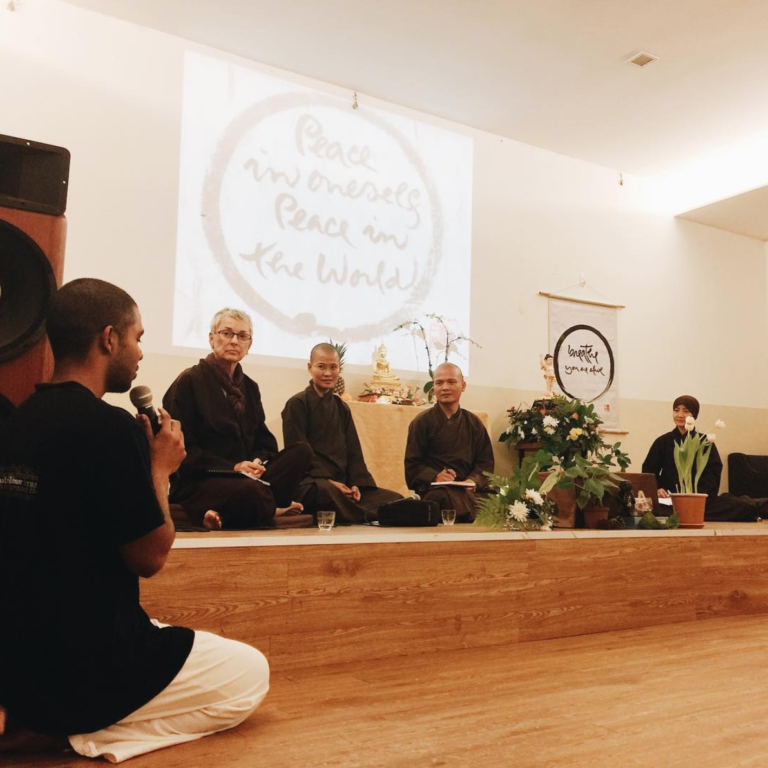
Plum Village meditation retreat
4. Tell us a happy and an awful thing that happened between Jul-Dec.
Awful: I’ll start with the awful first. On 7 July I went through a double jaw surgery. It was not really that difficult physically (I was on GA, and because of nerve injury, I didn’t feel much pain at all after the surgery and took only one pain-killer), but emotionally I was a wreck. In my post-GA state of confusion and my post-surgery state of vulnerability (I was so swollen I looked like a completely different person and since my teeth was completely sealed shut I had to eat through a syringe – only soups and finely-blended food – for a few weeks), I fell into a bad depression for awhile. So that was awful awful awful.
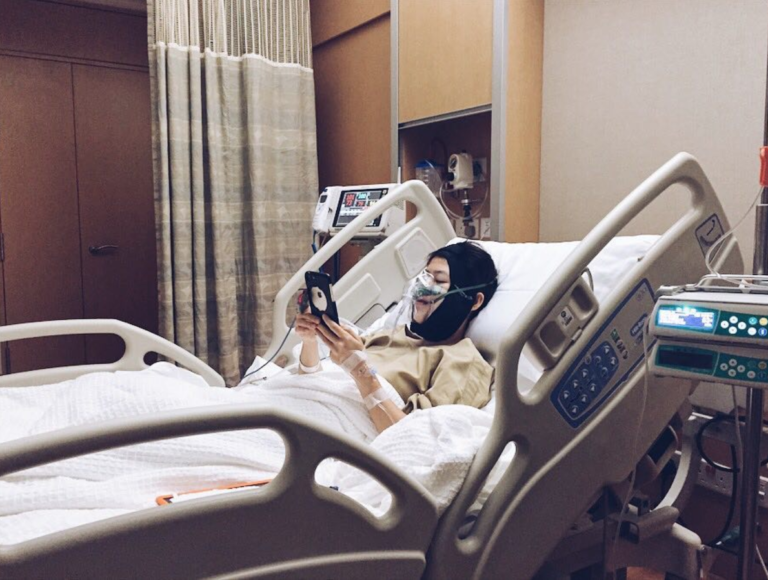
What an experience!
Happy: Even though the second half of 2017 started off awful with the surgery and the depression, these events reminded me of how blessed and loved I am. Being so vulnerable meant that I had to be taken care of by others, and the people around me did a great job of doing that. Things started picking up when my housemate dragged me to Tasmania a few weeks after the surgery so I could take my mind off things. Tasmania was beautiful and helped in lifting my mood slightly. After that, as swelling began to go down, I began to feel much better about myself. In September I went to Japan twice, and on a whim I decided to go to Boston to visit my friend who’s studying there and just spend two weeks there reading, writing and thinking. It turned out to be one of the best trips I ever went on. Other happy things included finally upgrading to medium format (for the camera nerds, I’m using the Fujifilm GFX 50s now) and fully switching to the Fujifilm system from Canon; learning Total Immersion swimming; discovering the joys of rock-climbing; continuing to write for this blog. Come to think about it, I did so much in 2017!
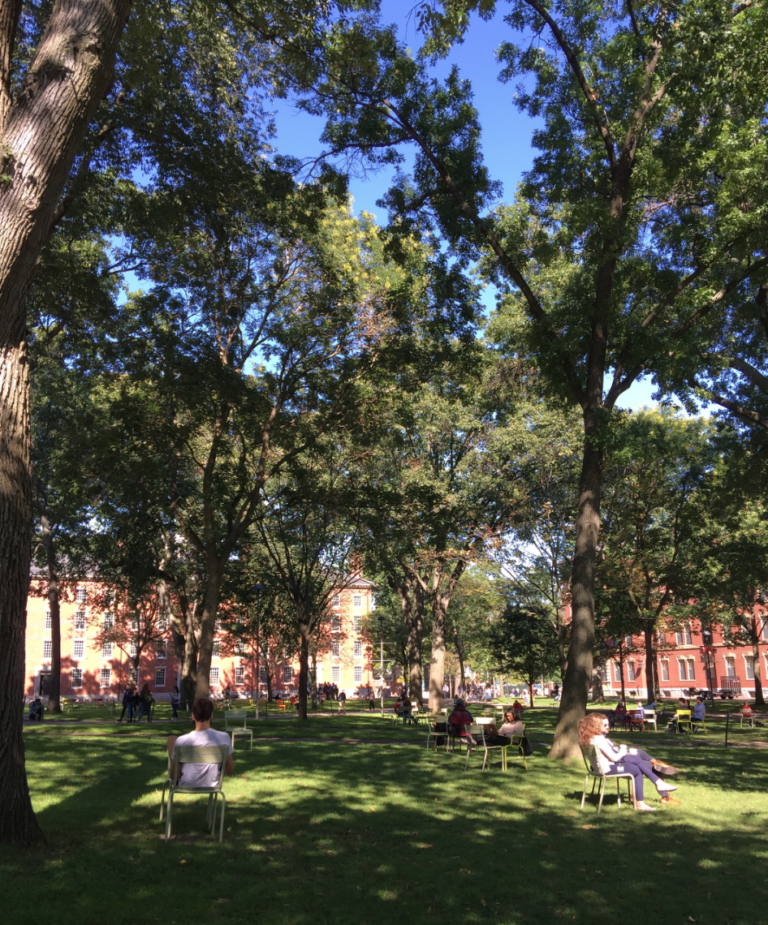
Reading under a tree in Harvard Yard and pretending to be a Harvard student
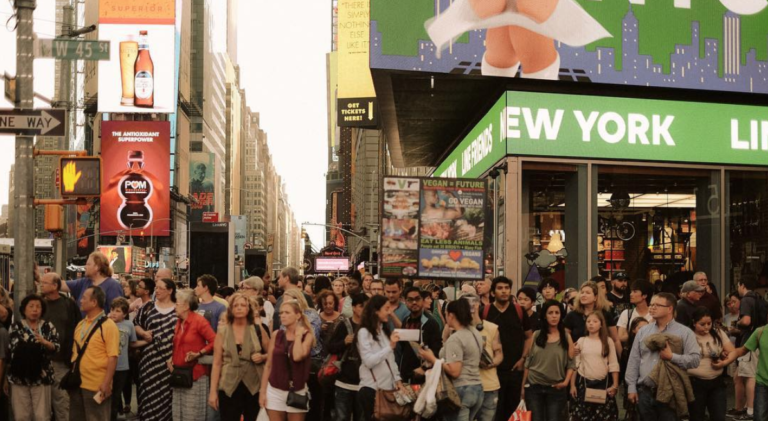
Glorious New York City… although I still like the quieter Boston more!
5. A worry that turned out to be completely unnecessary.
I was worried mainly about my face in 2017. I thought I would be no longer be loved by my loved ones since I now look a little different after the surgery. But obviously that has been an unfounded worry!
6. Any random thing you’ve missed telling us because life moves faster than fingers?
Even though I rant about social media and its pervasiveness, I’m actually grateful for Instagram and my blog and my notes and diary entries on Evernote for reminding me of just what happened this year. Sometimes life does move faster than fingers, so I think it really is important for us to keep recording the moments of our lives, so that we will never forget.
Look ahead
1. What do you want the overarching theme for the next year to be?
Open-ness.
I am prone to thinking errors. I have been fooled by my thoughts before into thinking that A must be A, B must be B. But in reality, life can be anything. One big lesson I have been learning – and want to continue to learn – is how to be completely open to what life has to offer. This means planning less, having fewer goals. Being less rigid. In a way when I am traveling I am already doing this. When I went to Boston earlier this year, I booked a ticket and simply went there. I only knew I had a place to stay and I knew I had to visit Harvard and MIT. Everything else was fluid, and it of course turned out to be a magical trip. I ended up spending days sketching under a tree in Harvard Yard, eating ramen with a Japanese lady, stumbling into an art festival in the middle of downtown Boston, etc.
The other thing that relates to living an open life is to spend less time seeking for meaning or happiness in such rigid terms. This is about coming to terms with the fact that meaning or happiness does not have a specific shape. It doesn’t always look like what I think it’s supposed to look like. They can come in the most unexpected forms. One thing to remember is that life is already meaningful right now – everything I do contributes to the giant web of interconnected life. In my work, in my writing, in my day-to-day interactions with both strangers and people I love, how I behave or what I choose to do are already opportunities for me to find meaning and happiness. Again, I want to listen to my inner compass. I think that will lead me to where I need to be.
So yes, wide, wide open-ness.
2. Which personal quality do you want to develop or strengthen?
Love for others and learning to give more.
I know I am very flawed in this aspect. I have limited time and sometimes I don’t know how much to give or how to give. That’s why this is a consistently big theme in my life. Even in my love for solitude, I understand that I sorely crave and need companionship, friendship, relationships. I know at the end of the day, when all is said and done, it’s people who matter the most. Everything else is secondary and will fall away.
3. Name three goals for the next year (resolutions).
Continue to be obsessed with photography.
Be always exercising.
Be open to the possibilities of life!
4. Give a one-liner to motivate, inspire or encourage yourself in 2018. (e.g.: Don’t worry be happy)
I’m fucking perfect, and so are you!
